Today is Thanksgiving Day, a day to enjoy with your family and friends, follow traditions already set in place by generations before you or start your own traditions with your loved ones. Regardless of your traditions, the idea is to be thankful for the things you have been given in this life. I want to spend this day on the blog, giving you some interesting Thanksgiving Day trivia, tips, and safety information. I hope the tips shared here will help make your holiday a little easier this year.
Did you know, that Thanksgiving is the second most popular holiday, after Christmas, in America? 46.9 million Americans travel 50 miles or more for Thanksgiving each year. There are different versions of how the day came to be. What version of the Thanksgiving story did you learn, share it in the comments below? One of the facts I found interesting is Benjamin Franklin wanted our national bird to be Turkey, he said: "the turkey is a much more respectable bird than the Eagle." I personally like the eagle.
In 1924, Macy's™ hosted its first-ever, Thanksgiving Day parade, in New York City. The parade drew a crowd of around 250,000 spectators and Felix the Cat was the first giant balloon featured in the parade. The parade was the first broadcast on the radio in 1932 and on TV it appeared for the first time in 1945. Today over 3 million people attend the parade annually and over 50 million watch the parade on TV. Do you watch the Macy's™ Thanksgiving Day parade every year?
Are you cooking dinner for your family or traveling to see your family for dinner this year? 98.6 percent of households with a gas or electric stove will cook a Thanksgiving feast. The most common main dish for Thanksgiving is Turkey, alongside turkey, you will usually see a spread of mashed and sweet potato, stuffing, bread, gravy, pies, vegetables and don't forget the cranberries. Wisconsin leads the nation in Cranberry production at 538 million pounds. The largest pumpkin pie ever recorded, in 2010, was 3699lbs and the average American consumes around 4500 calories on Thanksgiving.
What are your Thanksgiving Day traditions; Macy's™ Thanksgiving Day parade, on TV or in person, cooking a feast for your family, traveling to eat a feast and spend time with your family, watching football games, or preparing for your Black Friday shopping excursion? No matter what your traditions are we want you to be safe this year. That is why we have compiled a list of safety tips for use during your holiday.
Thanksgiving is the peak day for home cooking fires in the U.S. In 2015, U.S. fire departments responded to an estimated 1,760 home cooking fires on Thanksgiving Day. The leading contributor was unattended cooking. Cooking equipment was involved in almost half of all reported home fires and fire injuries. (Source: NFPA's Fire Analysis & Research Division)
Click Here to watch a video from NFPA and CPSC showing why they strongly discourage the use of turkey fryers and their dangers.
Safety Tips:
- Stay in the kitchen when you are cooking on the stovetop.
- Stay at home when you are cooking your turkey.
- Kids should stay 3 feet or more away from a hot stove. Hot steam or splash from vegetables, gravy, coffee, or other hot foods and beverages can cause serious burns.
- Keep the kitchen floor clear of clutter so you do not trip over toys or other items.
- Keep knives out of the reach of children.
- Make sure your smoke alarms are working, test them, and don't remove them during Thanksgiving cooking preparation.
If you would like to get your kids involved in helping with Thanksgiving dinner prep, I found a guide that will give you an idea of what age children are old enough to do different things in the kitchen on their own.
To save energy during the holiday and any other time you can do simple things like lowering your thermostat a few degrees before your guests arrive. The lower temperature will rise as you start adding more people to your home. There will be excess body heat and no one should notice the difference. When you are cooking you can add your side dishes to the oven while the turkey is still inside, this will save time and energy. Using the oven's convection settings and ceramic or glass pans can increase efficiency and lower your overall energy usage as well. If possible, use a slow cooker because they run on less energy than your oven and it is not necessary to pre-heat the oven when you are slow-roasting a turkey. It is better to let your turkey slowly get warm with the rising temperature of the oven. Lastly, you can match your pots to the correct size burner on the stovetop, allowing for less loss of heat.
When you finished cooking and have enjoyed your dinner, it is a good tip to allow your turkey to cool down before putting it into the fridge. This ensures the fridge will not have to work so hard to keep cool.
From our family to yours, Happy Thanksgiving.


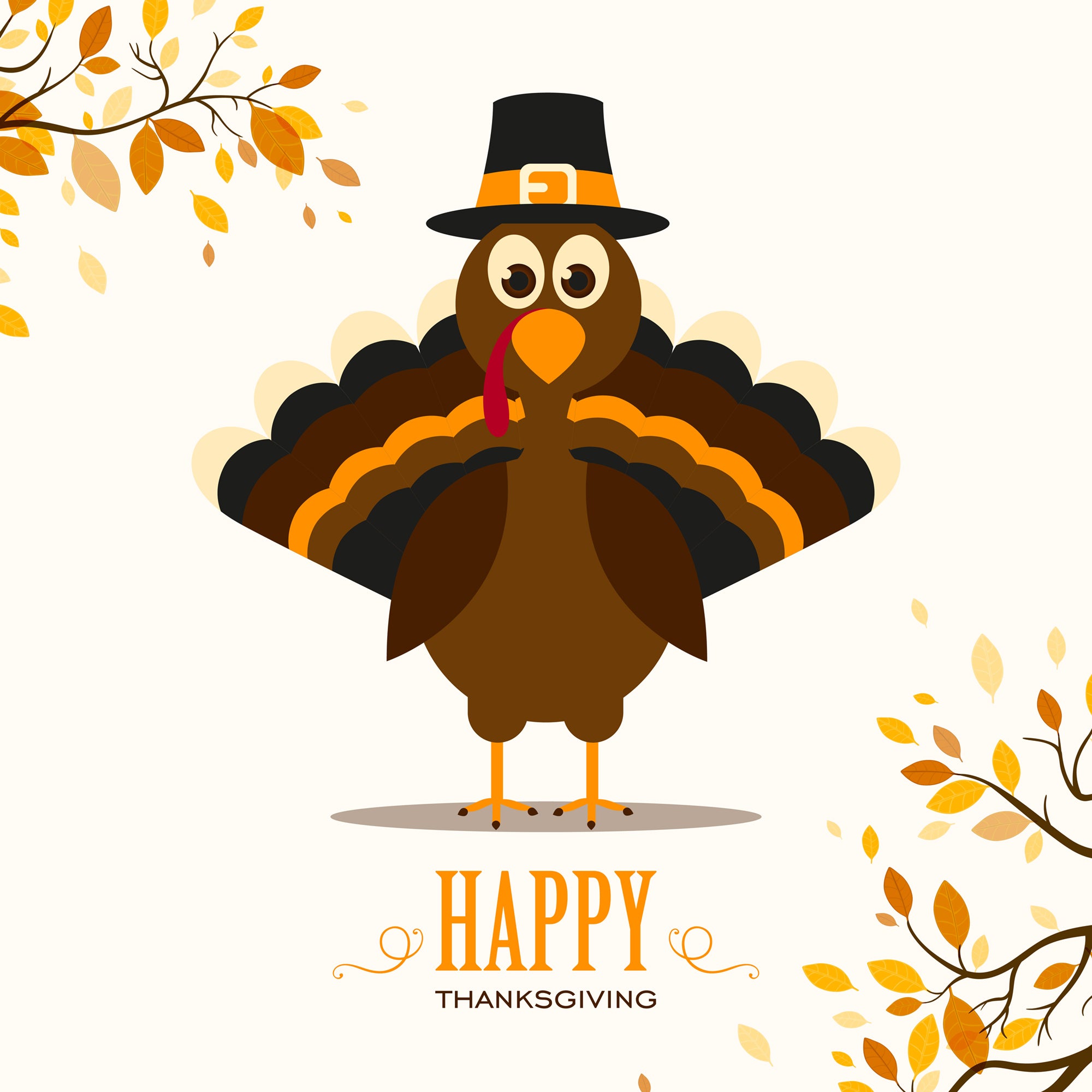

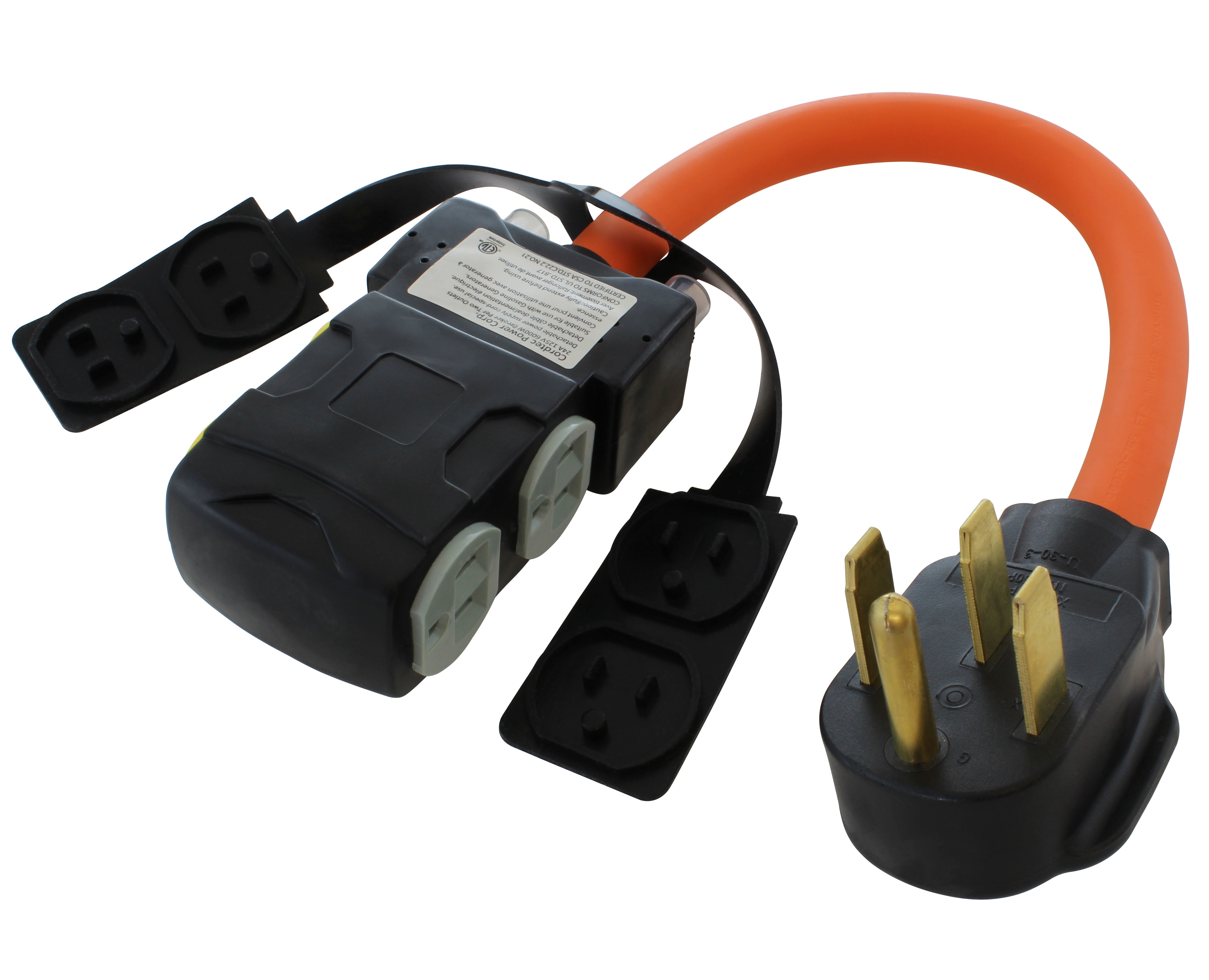
![AC WORKS® [ASINSS2PBX-G] 50A Locking 4-Wire CS6375/ SS2-50 Heavy-Duty Transfer Switch Inlet Box](http://acworks.com/cdn/shop/files/ASINSS2PBX-0_0206b362-7c90-42a5-8754-0685c13dab7e.jpg?v=1758051675&width=2500)

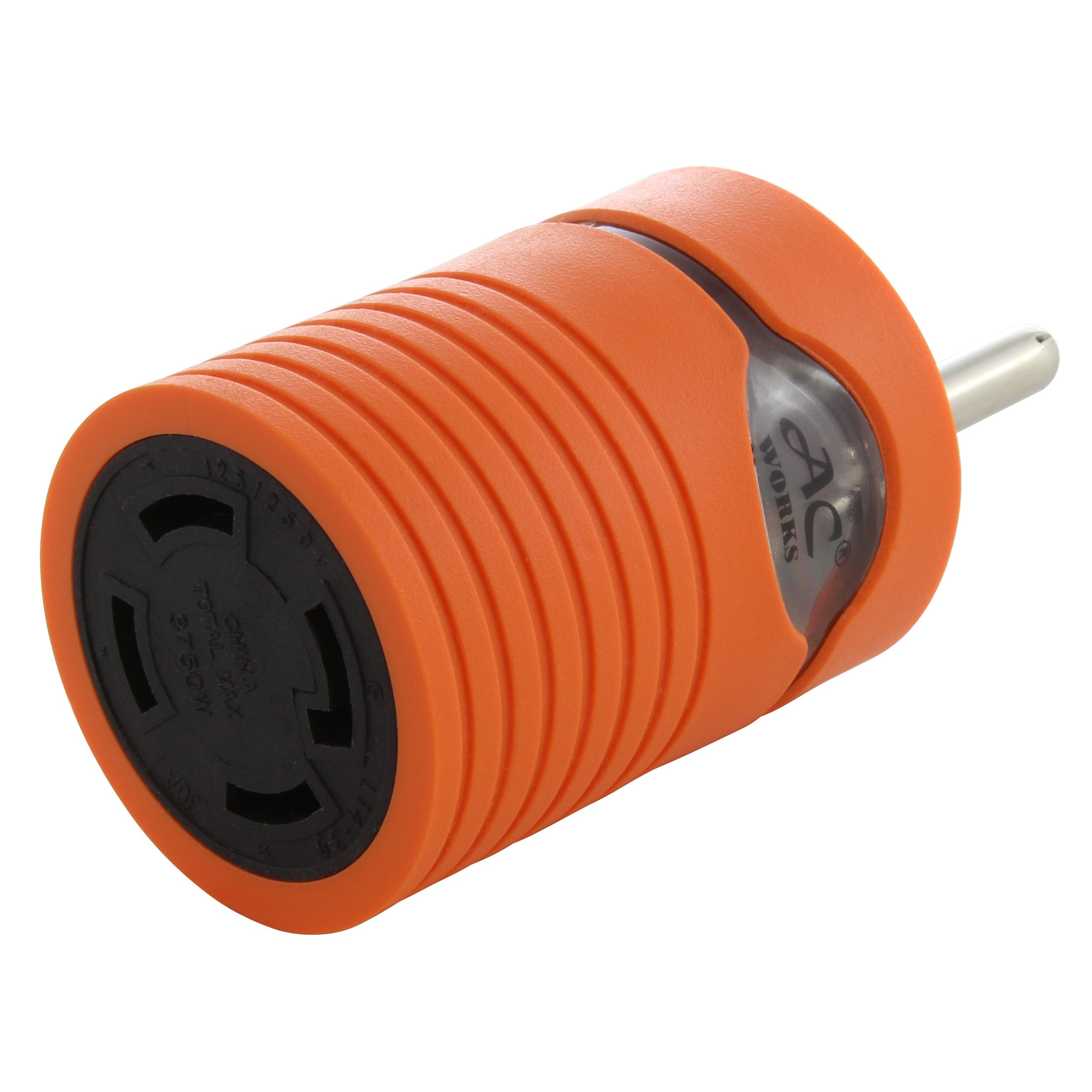
![AC WORKS® [S1430CBF520] 1.5FT 14-30P 4-Prong Dryer Plug to (4) Household Outlets with 24A Breaker](http://acworks.com/cdn/shop/products/S1430CBF520.jpg?v=1666103519&width=4656)
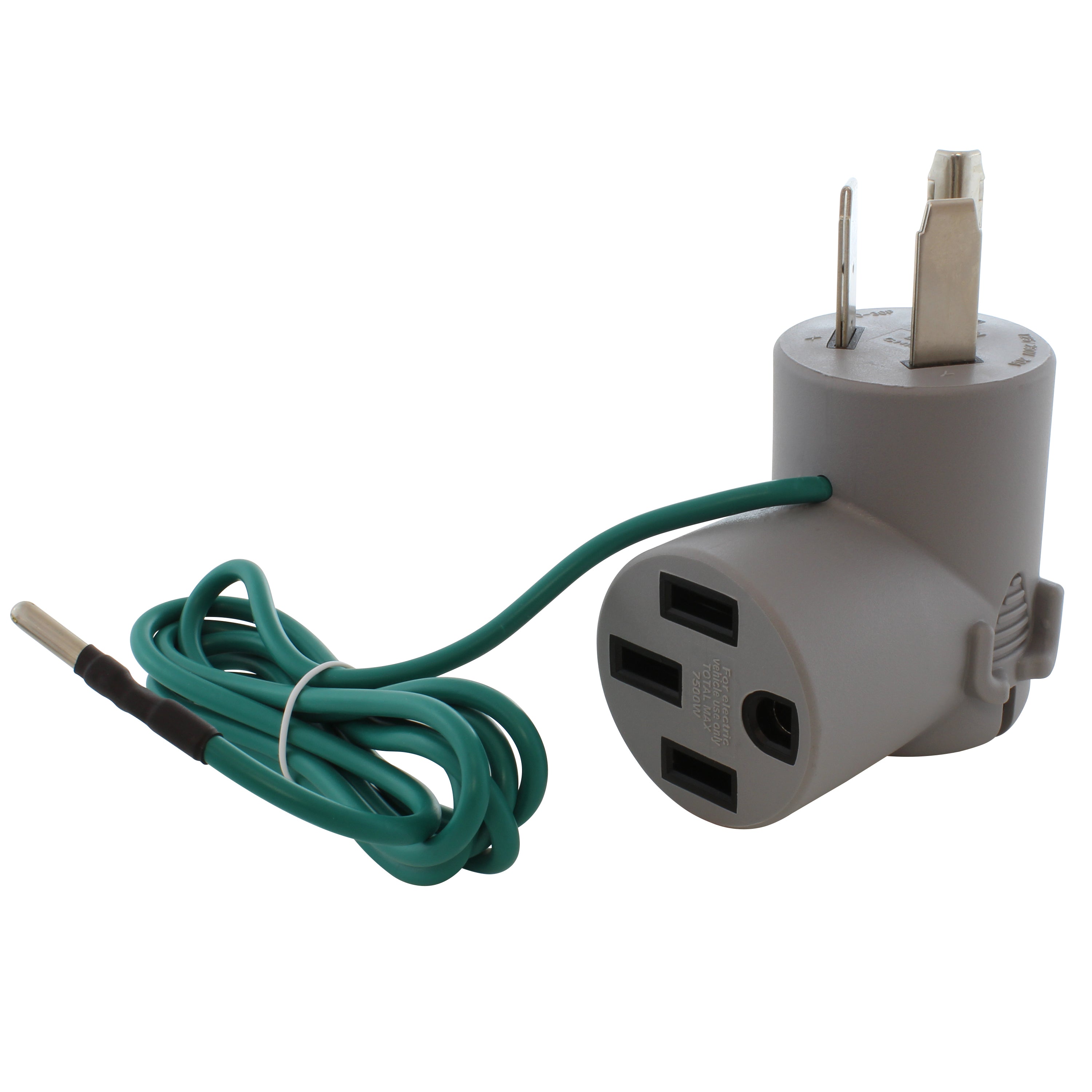
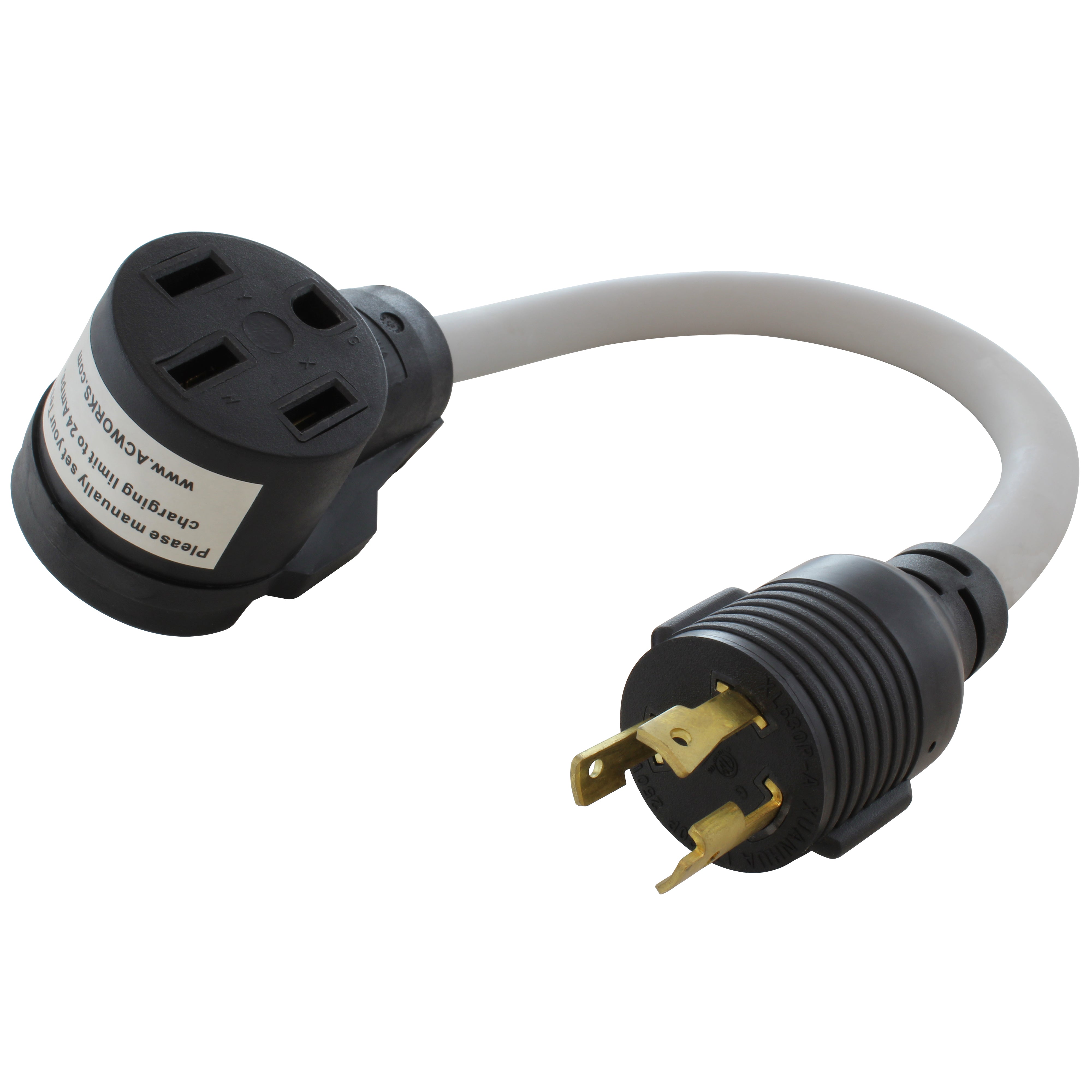
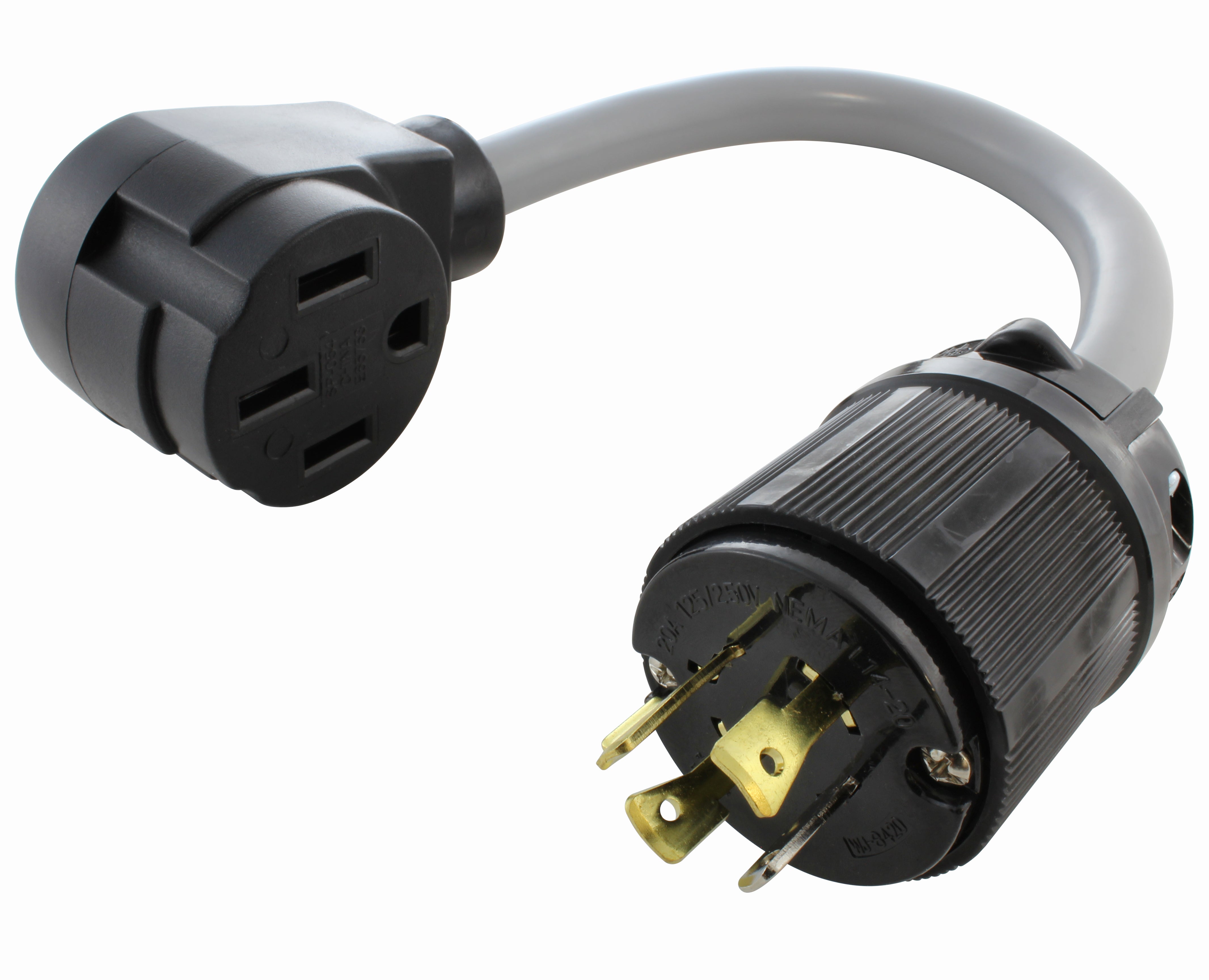

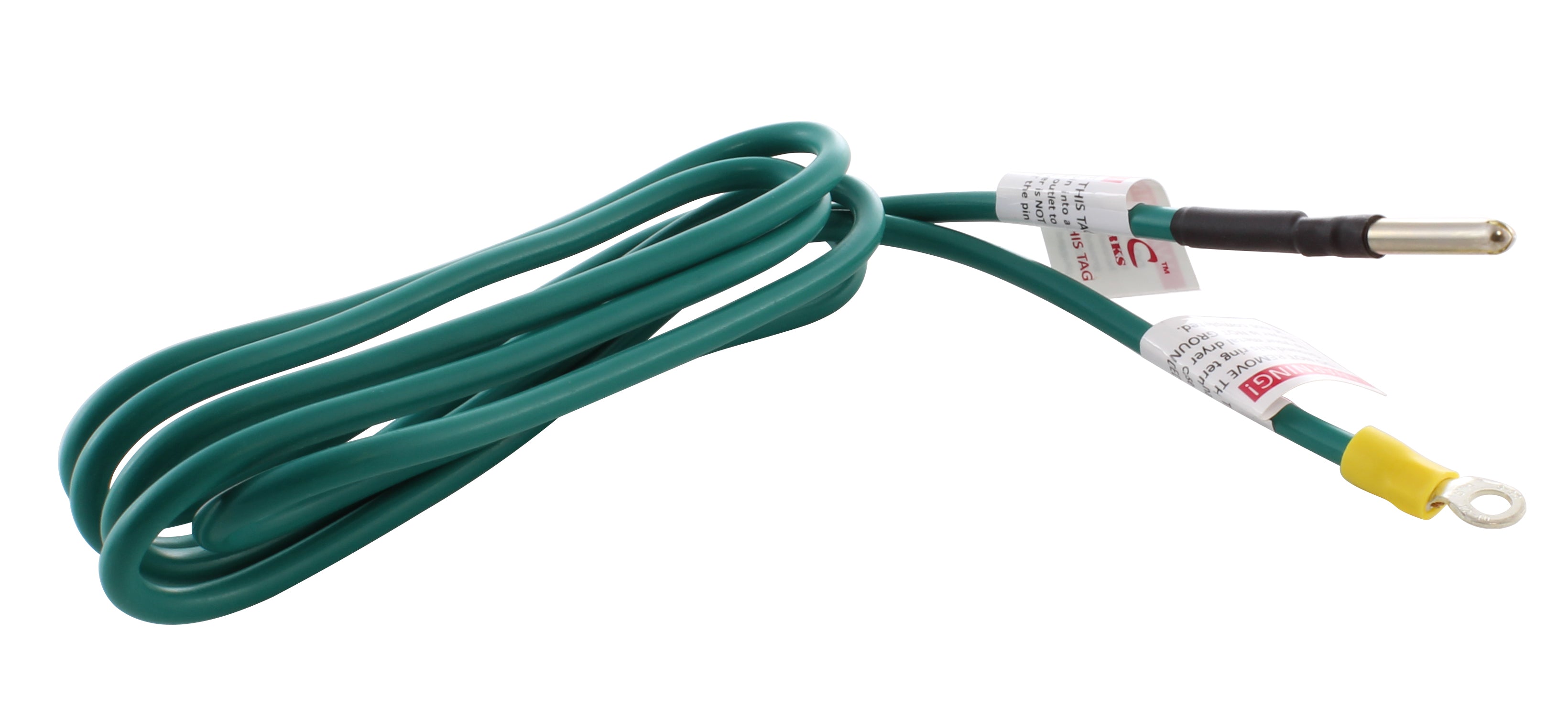

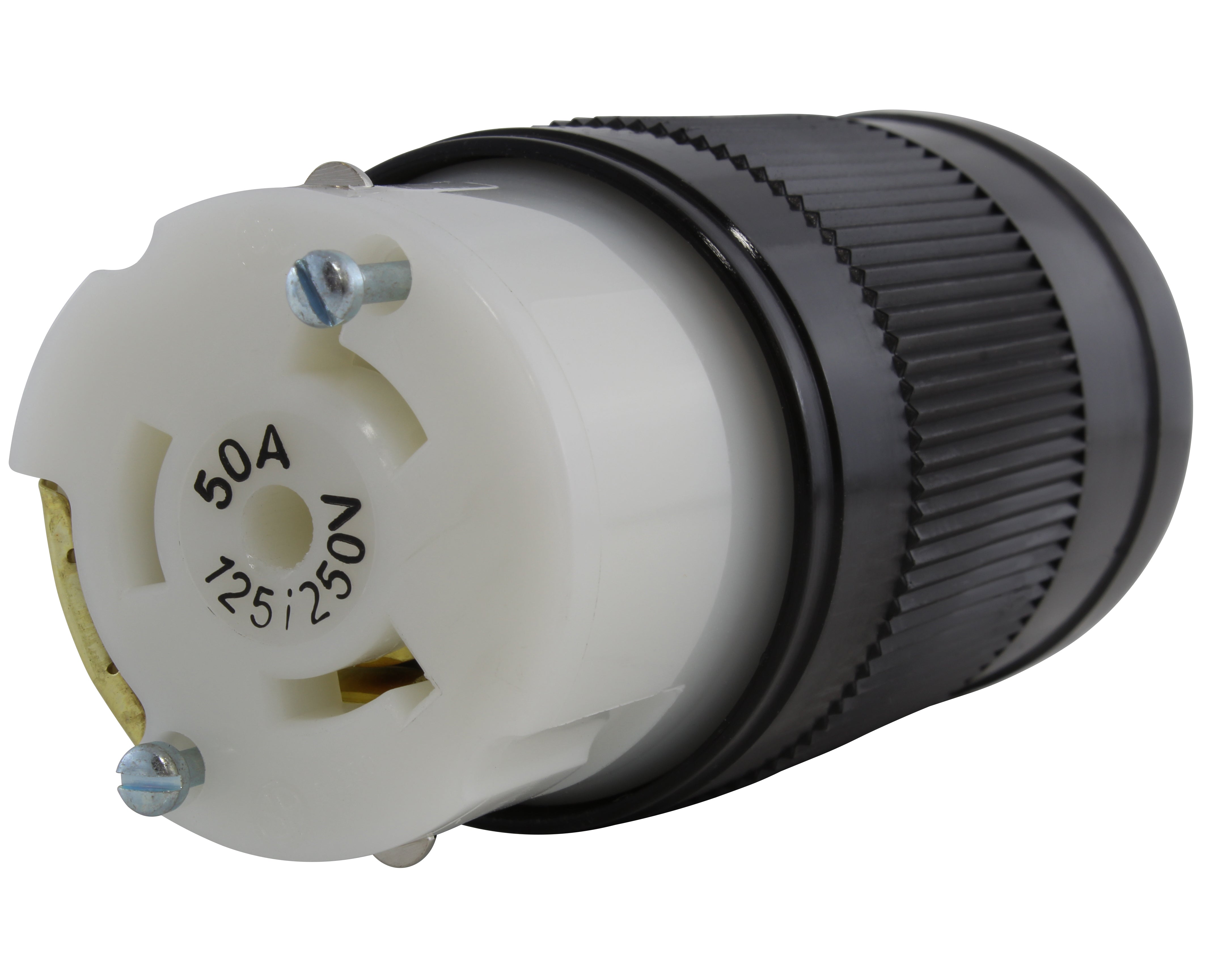


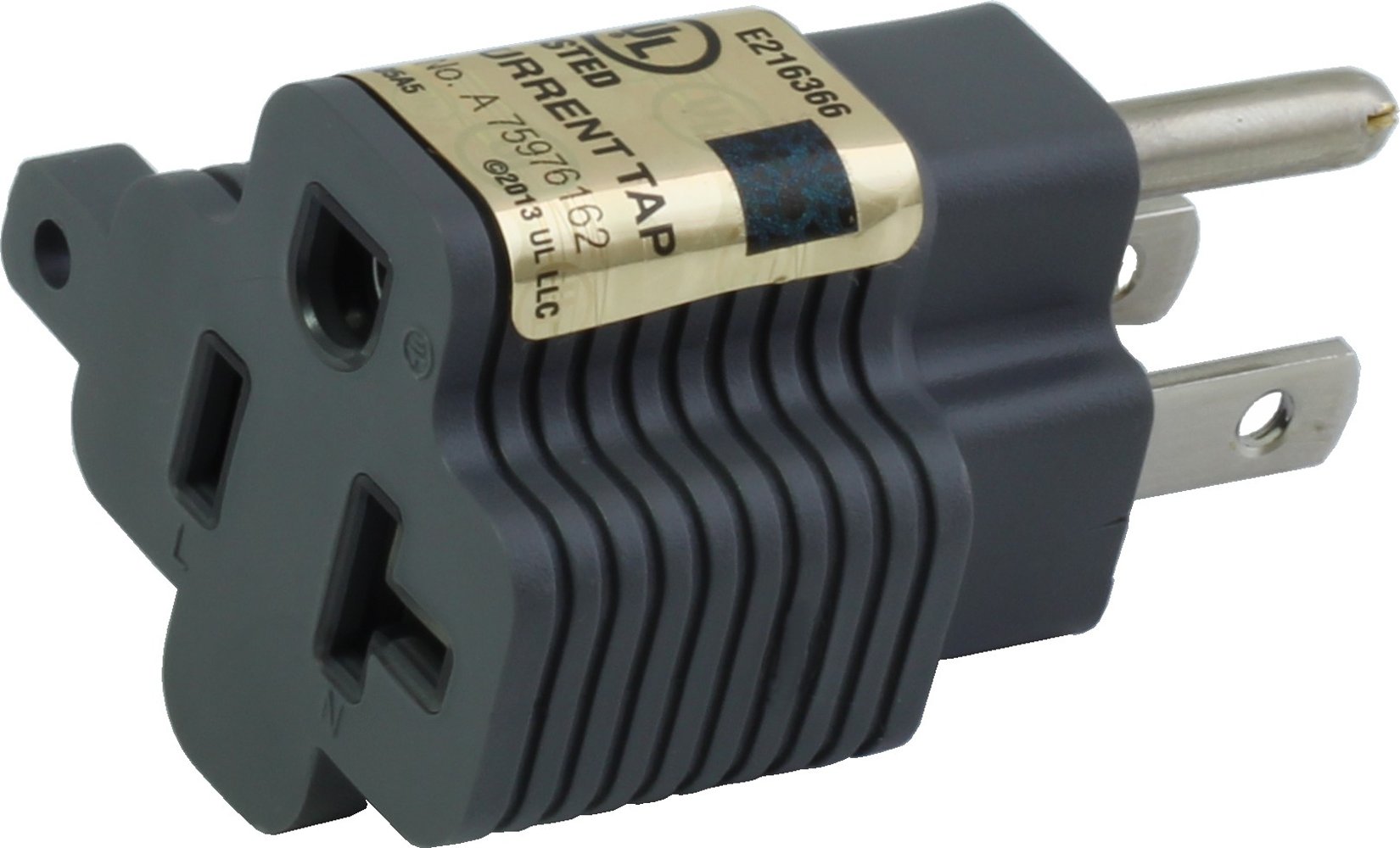
![AC WORKS® [ADV104] 3-Prong Heavy-Duty V-DUO Household Outlet Adapter](http://acworks.com/cdn/shop/products/ADV104-0.jpg?v=1605738768&width=3128)
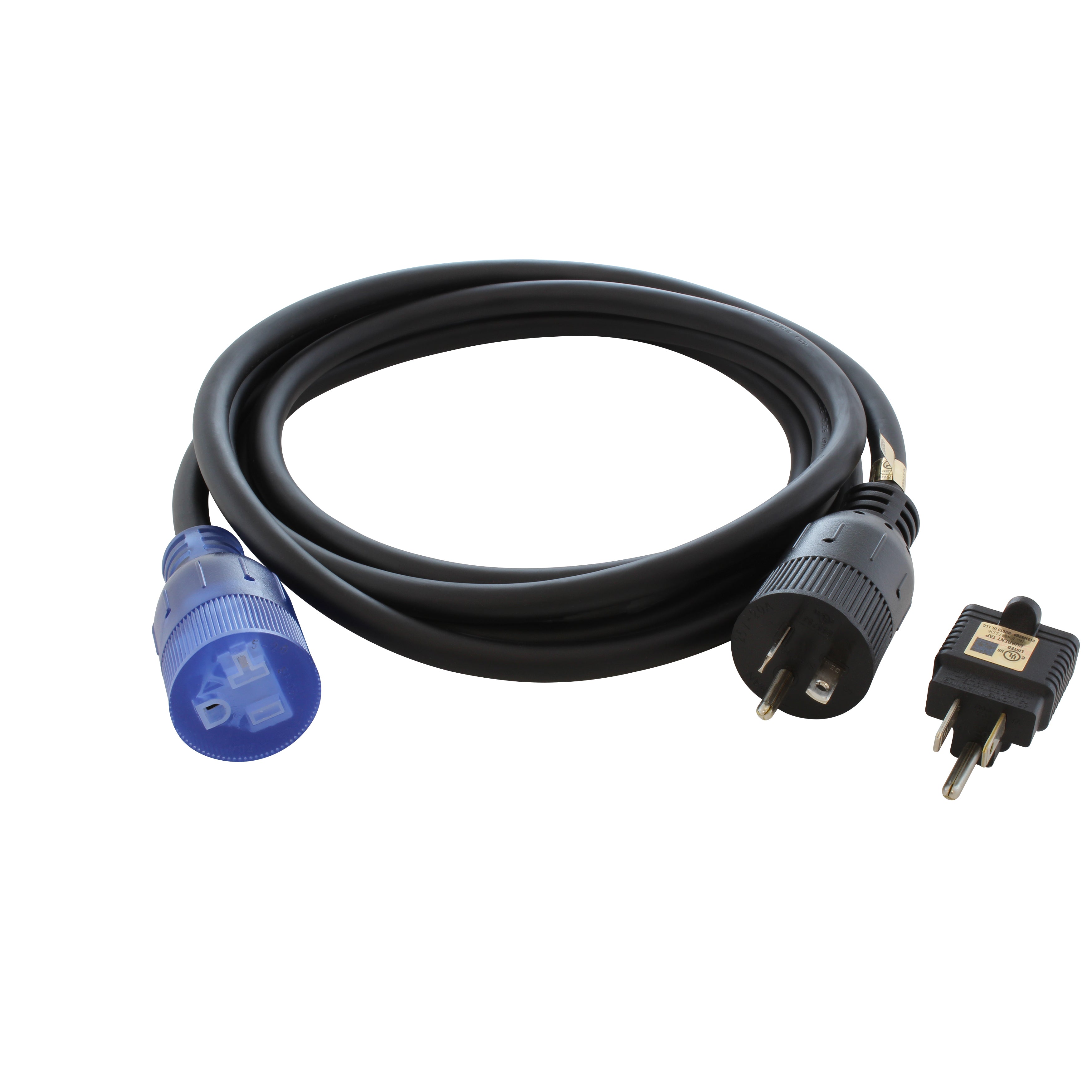
![AC WORKS® [XH515520] 15A to 15/20A 125 Volt Plug Adapter with ETL Safety Approval](http://acworks.com/cdn/shop/files/XH515520-0_daea425a-f439-48df-bb75-052167057f12.jpg?v=1729091519&width=2500)



Share:
AC WORKS® Connector - Connecting Us to You
Black Friday - Deal of the Day